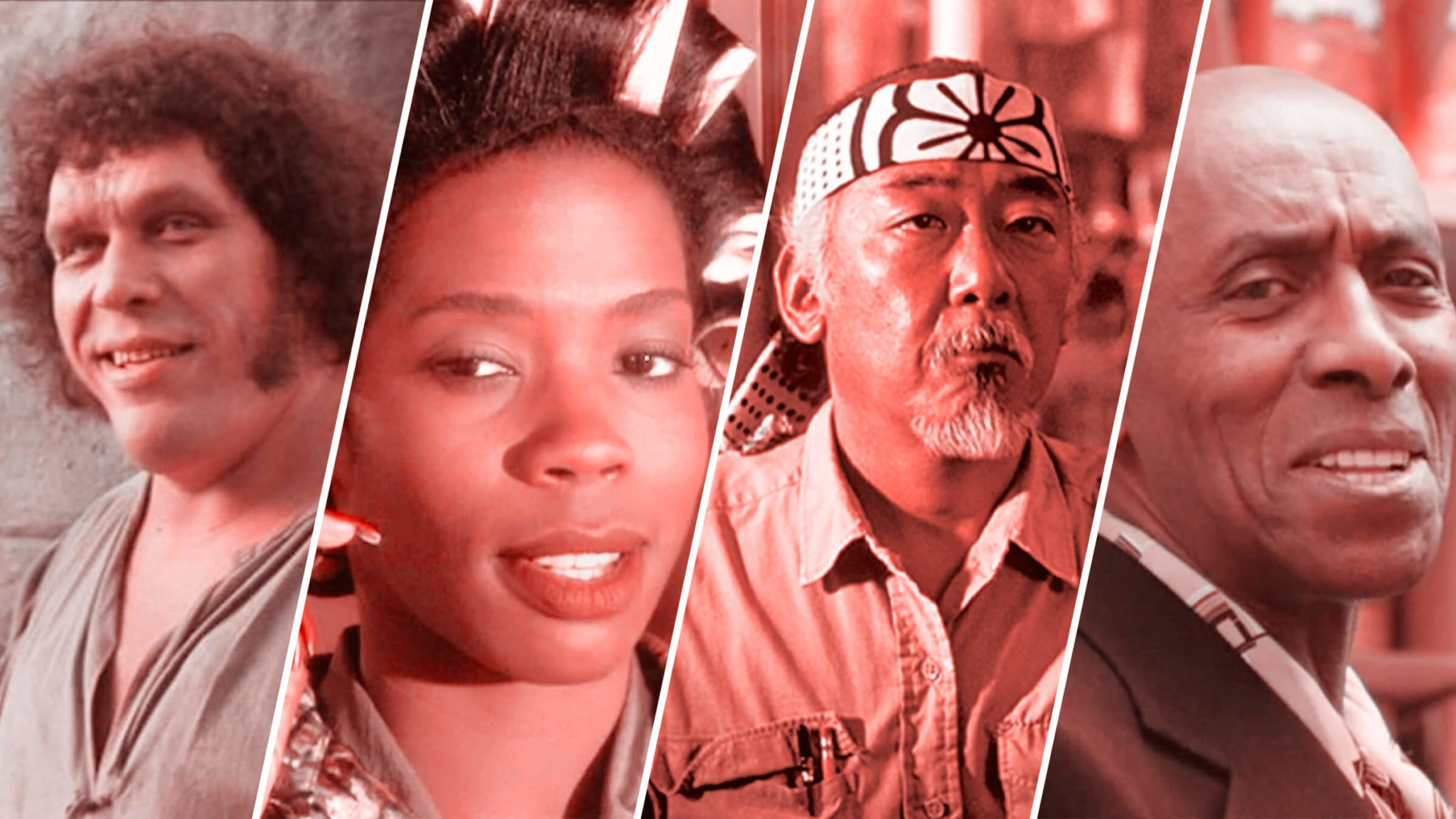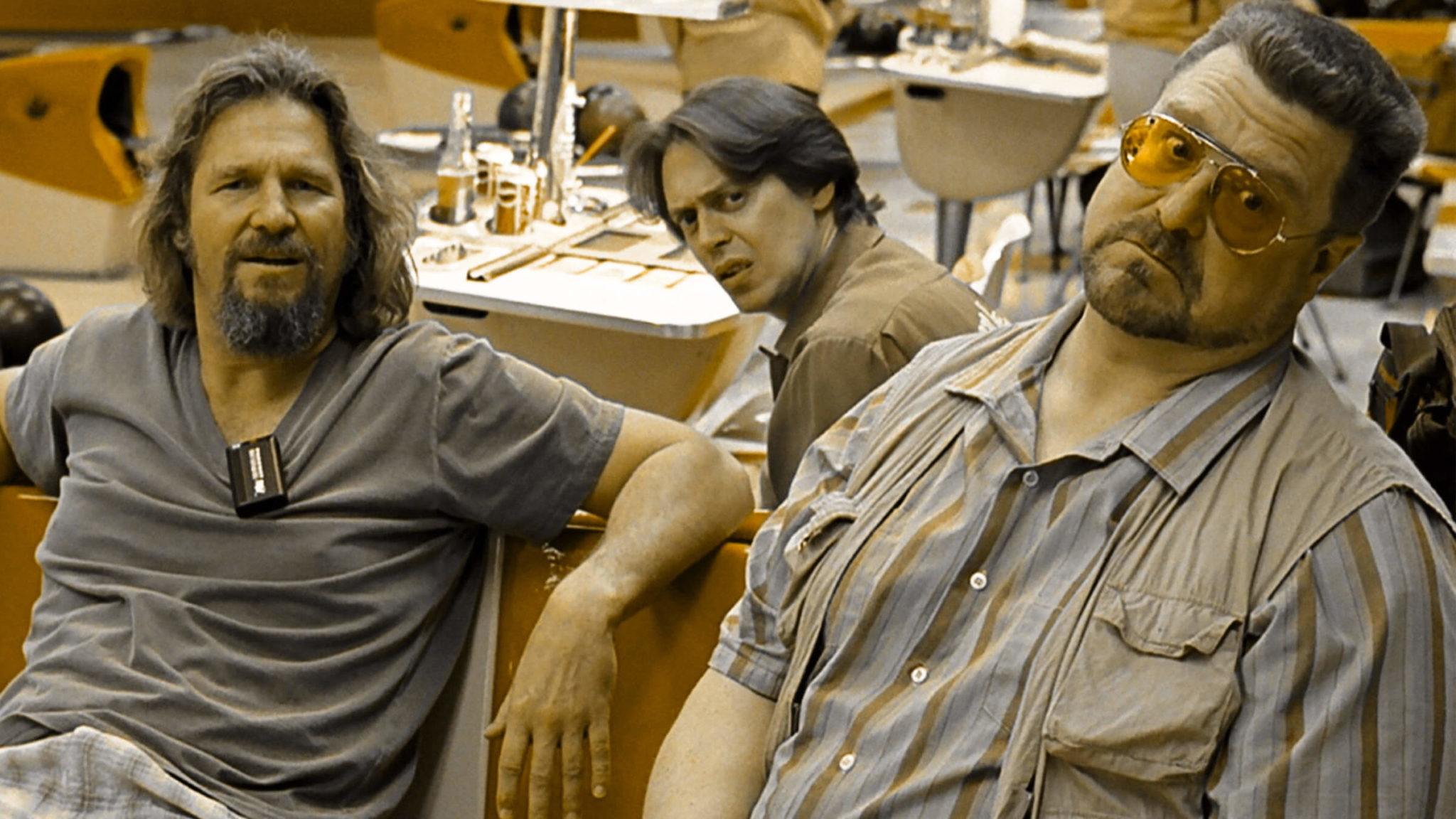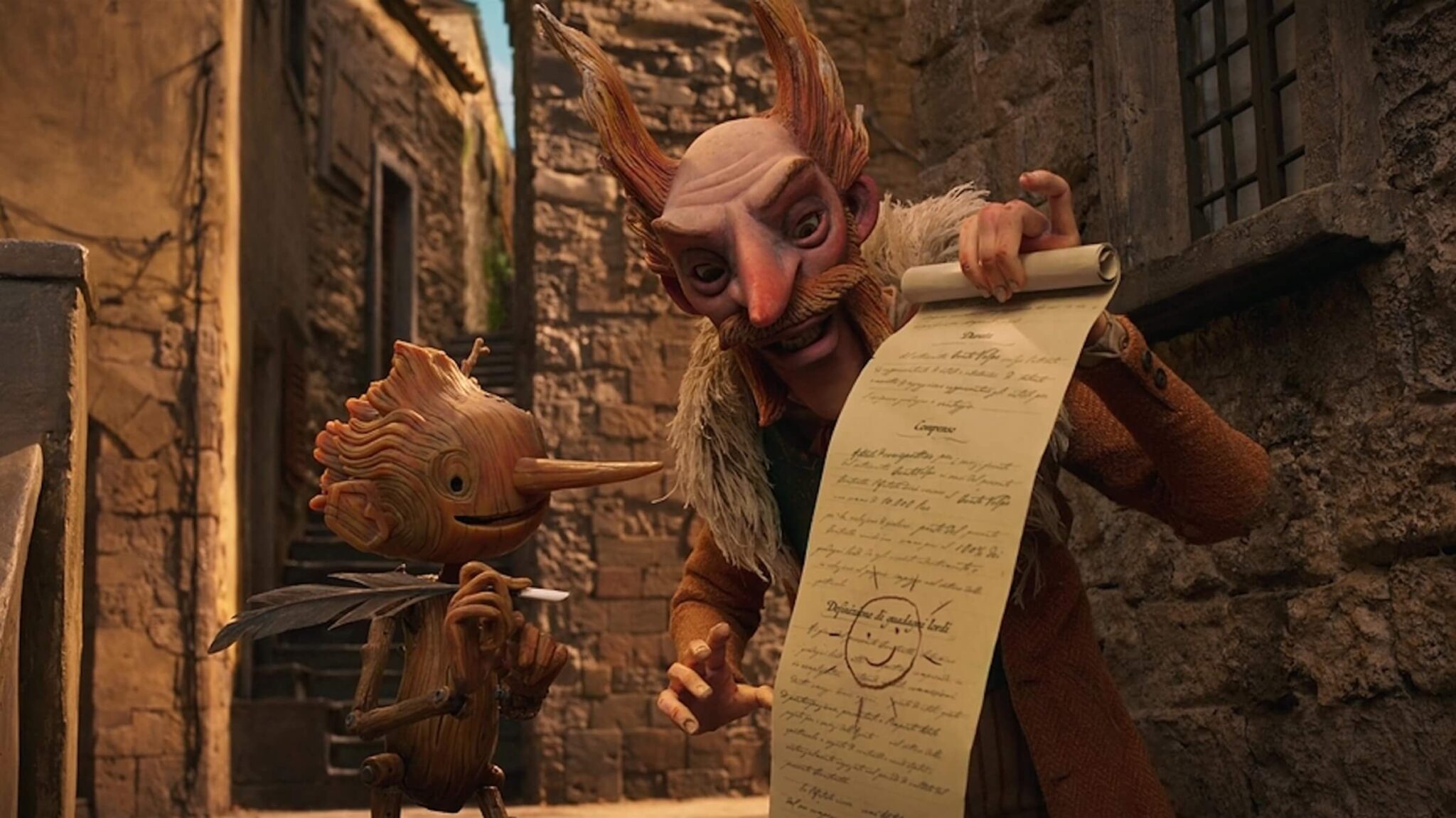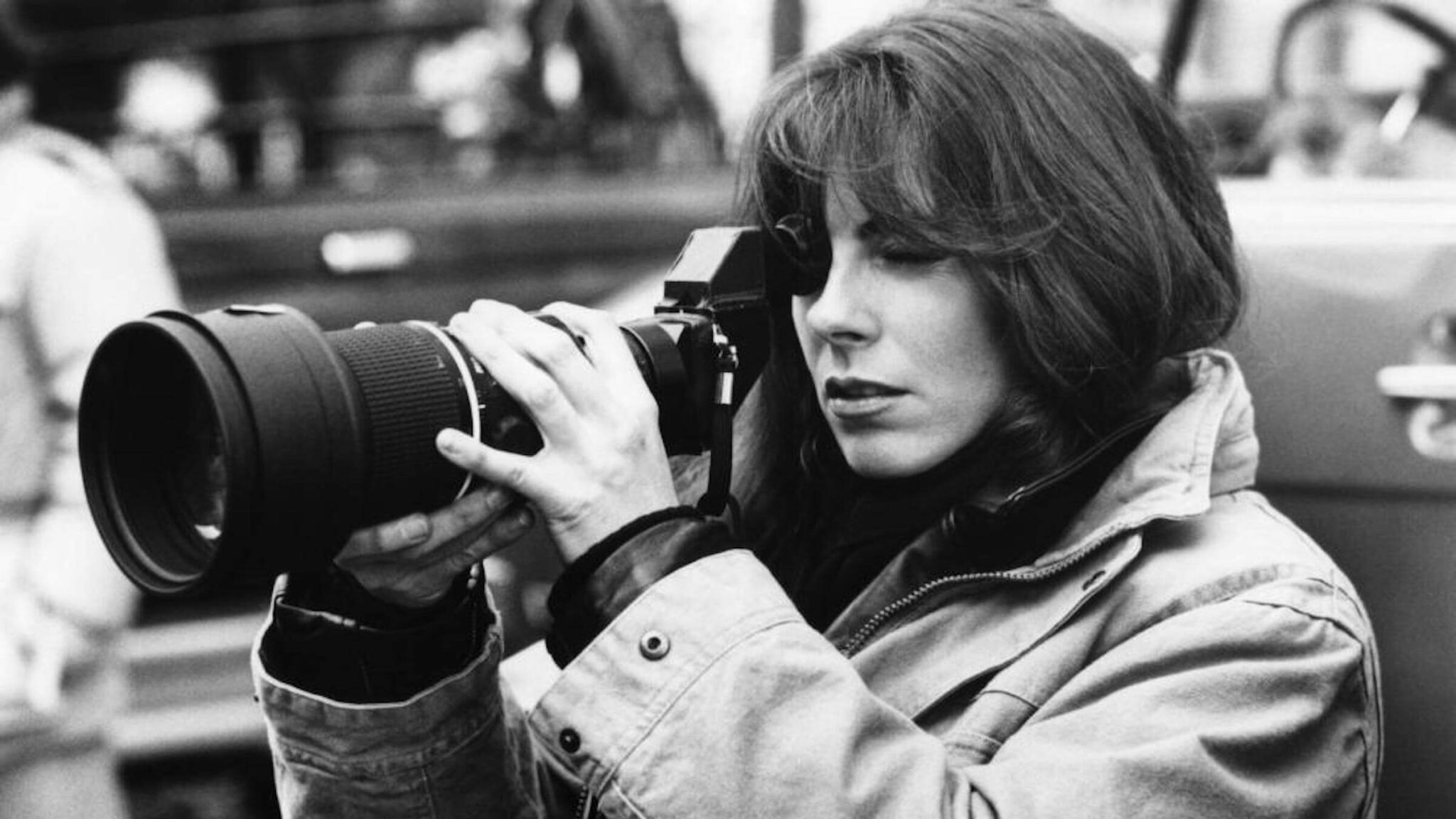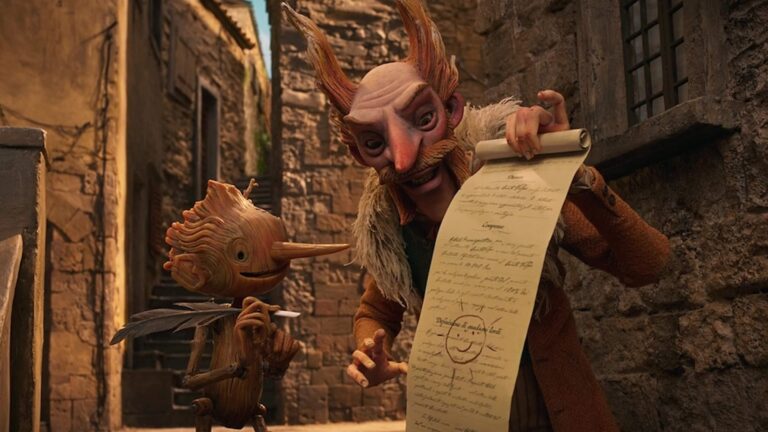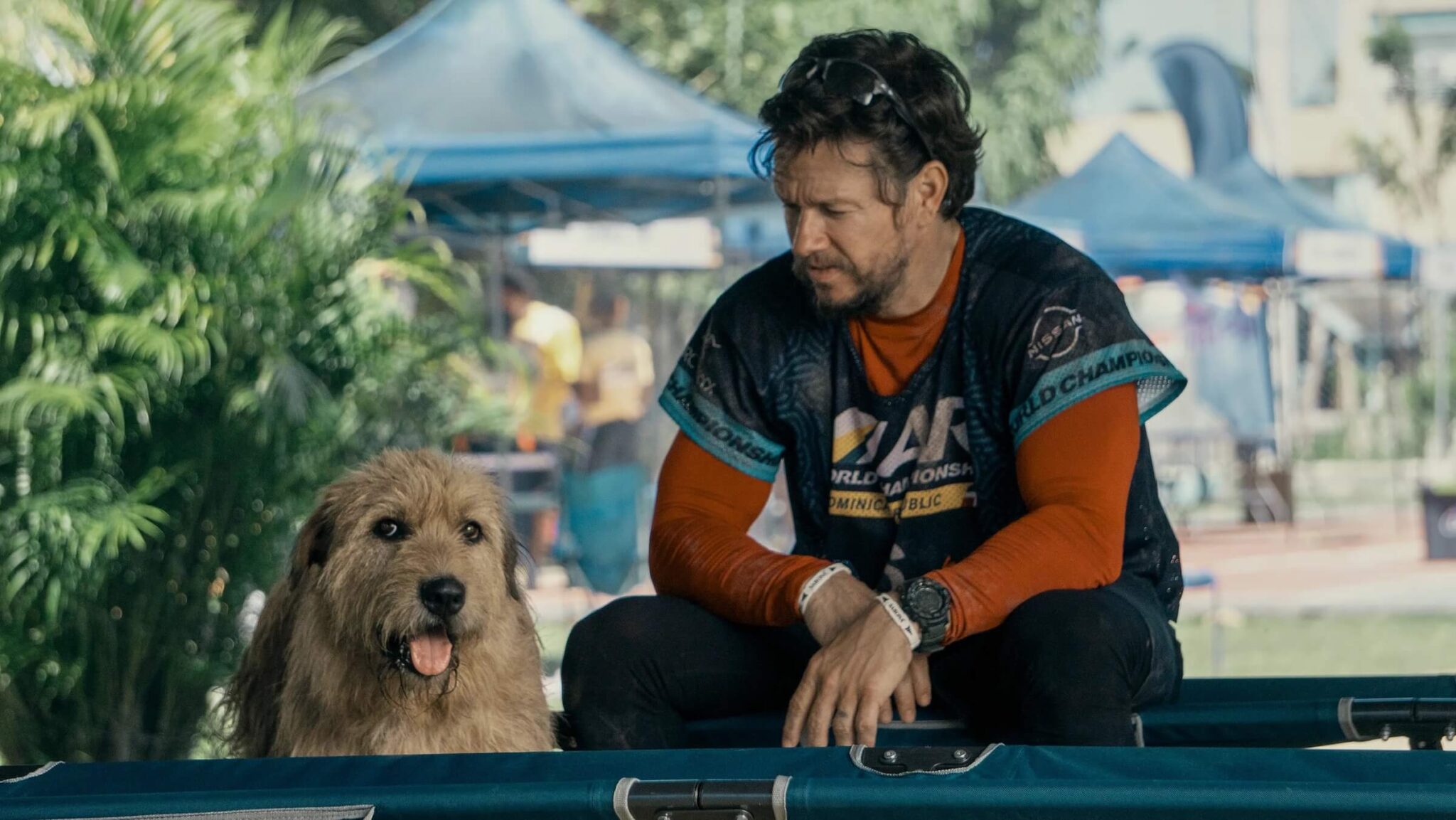
Your screenplay could be great. Hell, it could be the next Citizen Kane. But let’s face it, if your dialogue is lacking, your script most likely is as well. If your dialogue is expository, on the nose, lacking nuance, overwritten, or tonally off, your audience is going to have a real hard time accepting and relating to it.
So, if this is the case, consider the following eight tips for writing authentic, snappy dialogue... that doesn’t suck.
Deconstruct Dialogue
READ SCRIPTS by writers like Richard Linklater, Spike Lee, Noah Baumbach, Quentin Tarantino, Diablo Cody, and Aaron Sorkin to see how great writers make the words sing. What does their dialogue look like on the page? Is there a lot of white, or is it dense with prose? How much dialogue is there? Is it sparse and slow, or thick with machine-gun pacing? What about rhythm and cadence? Is dialogue nuanced with fluffs, stutters, silences, etc.?
WATCH MOVIES and listen – movies like Juno, Pulp Fiction, The Social Network, and Before Sunrise, etc. Deconstruct them as well. Suss out the different styles; how dialogue matches a film’s tone; how different writers have their own distinct sounds. Then read the scripts for the films you watch. Learn from the greats.
Stay True to Character
Each character in your script is a living, breathing, thinking person with different wants, needs, idiosyncrasies, and natures. Ergo, they each should benefit from their own independent voice and point of view. She’s precise and condescending. He’s overly apologetic and insecure. These two different sounding characters would create excellent dynamics within a scene. Further, characters should sound like the world of the piece in which they live. You wouldn’t put Andy Samberg’s dialogue from Brooklyn Nine-Nine in Glengarry Glen Ross.
Write Dialogue That Sounds Like Real Conversations
Eves-drop. Tune in to that jerk chewing out the grocery-store clerk; then note how she takes him to the mat. What about those lovers at the bar, that businesswoman on the phone, those skateboarders telling a joke in skater lingo... And lucky for us, the granddaddy of all dialogue resources is just around the corner: YOUR FAMILY’S THANKSGIVING DINNER.
Does everyone talk over each other? Is Uncle Paul pontificating with long pauses to marinate in the sound of his own voice? What about your sister’s passionate argument with her boyfriend? Or your grandmother’s flaccid attempt at telling her crazy story about poor John-Henry and the rattlesnake in the church rectory. Cousin Marcia has heard it so many times she keeps finishing Grandma’s sentences. Sigh.
The following are some devices, developed over numerous Thanksgiving turkeys, that will help bring a “realness” to your dialogue:
- Talking over each other
- Two people carrying on about two different things at the same time (Even better, they each have their own subplot they are pushing forward.)
- Interrupting
- “Hijacking” sentences wherein someone takes someone else’s thoughts and bogarts them for themselves. “You think you have it bad... You should hear about how my Nana died.”
- Reaching for words and thoughts
- Swearing
When referring to his frustration over the prohibited use of the words “Goddammit,” Aaron Sorkin laments, “It’s only in plays, movies, and television that someone starts a sentence with ‘Dammit.’ No one ever in life says, ‘Dammit, how could this happen?’ They’ll say ‘Goddammit.’ But it won’t begin with ‘Dammit.’ It also won’t end with dammit. ‘How could this happen, dammit!’”
Ugh. Sucks.
No, Bob Doesn't Know
The all too familiar and overused, “As you know, Bob” device boils down to one character telling another character something they both already know that we, the audience, don’t. It is expository dialogue that functions as a convenience to the script, as opposed to allowing exposition to roll out organically from action or character. There's a scene in Blade Runner that demonstrates this pretty perfectly -- a scene in which Rick Deckard, an experienced replicant hunter or "Blade Runner" for the LAPD, is given information about replicant qualities and characteristics by Captain Bryant.
Assume audiences are smarter than we give them credit, and ask yourself if you need the dialogue at all. If you do, find another way - because it doesn’t sound real. Consider a more nuanced approach.
Nuance
Nuance will help you avoid the issues you are having with Bob. Use things like subtext, implication, and innuendo for more authentic, less expository, and obvious dialogue.
In film, as in life, people often don’t say exactly what they mean. Says Shonda Rhimes, “Nobody says all the perfect things at all the perfect times.” Conversations aren’t always what we think they are about. Text is what we say, subtext is how we really feel. (This is a great device when writing conflict.)
Further, try to show subtext in action, as opposed to telling us in words. Allow the actors to act. He says, “Are you okay?” She responds, restrained, tense, “I’m fine.” Clearly, she is not fine but is holding back. With subtext, characters talk around what they mean, as opposed to saying exactly what they mean.
Play the Silences
It’s true. Actions speak louder than words. Nevertheless, sometimes it’s the quiet moments, the spaces between the words, that say so much more. Silence is a powerful device. It’s an insinuation, an innuendo, an assumption. It’s a pause in conversation that brings weight to the words being said. You only need to watch The Crown to understand how the greatness of dialogue often comes from lack of dialogue.
Blah Blah Blah Yada Yada Yada...
How many times have you been stuck in a corner at a party making small talk – meaningless, boring, pointless words... just words? Well, if you hate making it in life, just imagine paying money to listen to it. Small talk has nothing to do with your film, so it doesn’t need to be there at all. Don’t get me wrong, stories or little anecdotes that seem to be irrelevant to the narrative can circle back around to be exactly what the film is about, especially thematically. Paddy Chayefsky and Aaron Sorkin are pros at this, so if you want to learn how to use dialogue as conversational filler, check out their work.
But you have to be very careful -- using that kind of technique can get muddy really quickly if you don't know how to do it. So, until you can master it, make sure your dialogue has some sort of purpose and meaning in the greater scheme of things. If it doesn’t, fix it or cut it. Commit to memory:
If it doesn’t push plot or reveal character...
YOU DON’T NEED IT!
Finally, the most effective way of writing authentic dialogue is to...
Listen to Your Dialogue
Read your dialogue out loud. Then have others read it out loud. And listen.
Do a table read. Get your friends together, and your mom, give each person a part, including the prose in action, then be quiet and LISTEN. How does your dialogue sound? Is it clunky, obvious, stilted? Do your jokes fall flat? Is it on the nose? Are there repetitions? Do your friends think your dialogue sucks? Or worse, does your mom think it sucks?
Chances are your dialogue will not suck. Chances are, if you run through the above hacks, your dialogue will be realistic. In fact, your dialogue will most likely be great. And great dialogue is probably the only element that can sell a script on its own.
So, pay attention, make it real, give it meaning, and have something to say. You’re a screenwriter. This is your job. So, start talking!
Tags
Get Our Screenwriting Newsletter!
Get weekly writing inspiration delivered to your inbox - including industry news, popular articles, and more!








